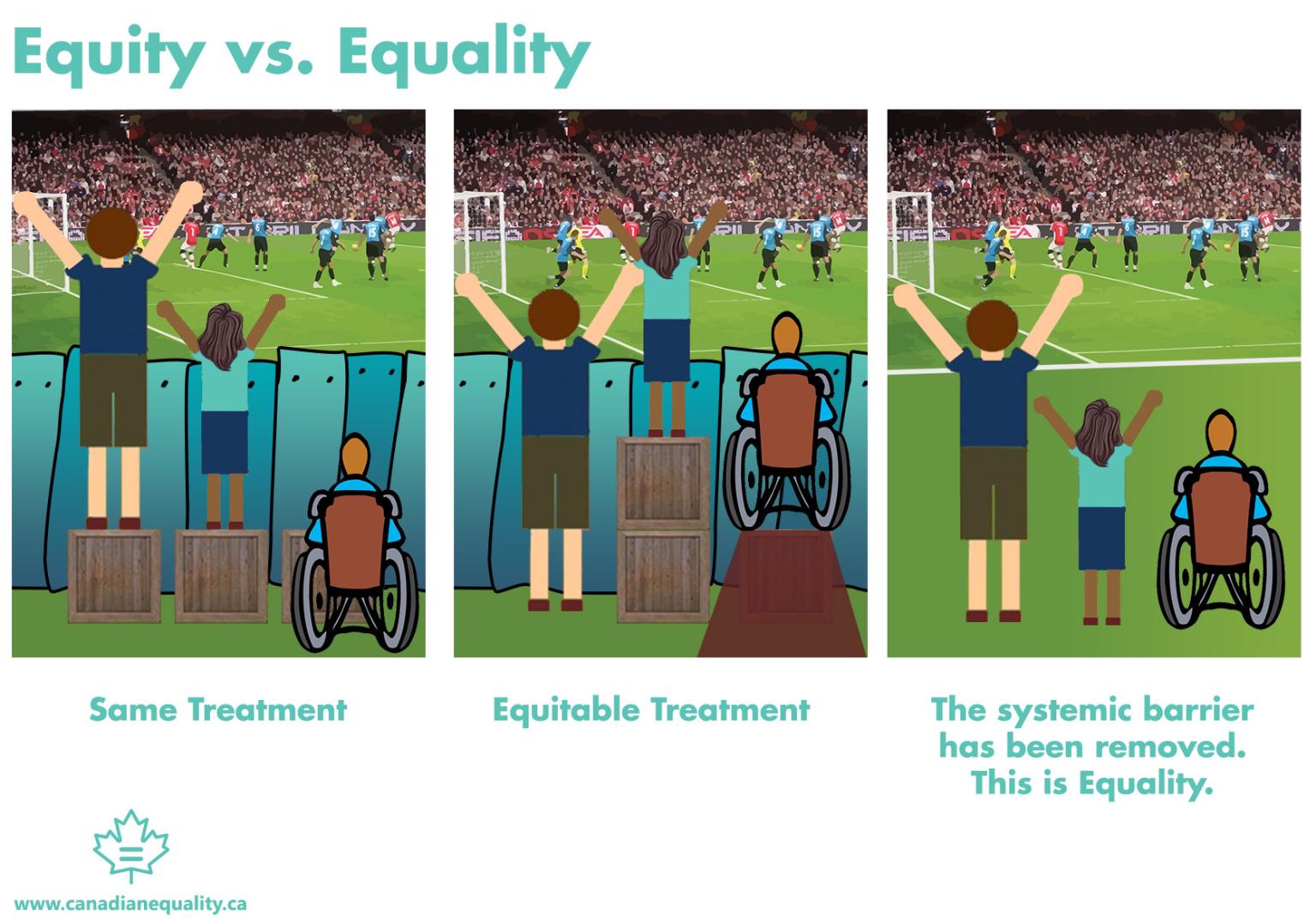Assignment Takeaway 2

I found myself feeling conflicted in some of the characteristics of being an American however the characteristic of practicality and efficiency I had the most difficulty with. It may be a philosophical disagreement about what constitutes a “gain” from situation.
As I’ve mentioned various times in different blogs the ability to adapt is important to me, as such, any experience that increases my experience is useful. I feel there is a certain practicality to doing things that are enjoyable because doing pleasurable things will allow me to perform better later by keeping my mental health balanced. However, if I have time (which I suppose exhibits another American trait) I’ll gladly sit in nature or look at art for no other reason than it’s pleasurable. However, I also firmly believe that interpersonal relationships are of highest priority and any activity that deepens bonds with another is absolutely worth the time. Additionally it seems odd to me as one of the leading countries for scientific research (link here) that “Will it advance the cause of knowledge?” is not a question Americans are likely to ask. This is not to say that I believe that Kohls is incorrect, it’s just a difficult dissonance to assimilate. However, when I think about the prevalence of pseudoscience and rejection of legitimate science I can begin to understand the oddity.
To a non-native of our country I could see how this characteristic of Americans was, if not outright bad, sad. They might see the benefits of this mindset in the work life of Americans but find the expansion of the ideal into home life and interpersonal relationships damaging. There are many experiences and activities that do not have any kind of material or external gain but make one feel good and deepen relationships. I am inclined to agree.
I included the image above primarily for the juxtaposition of the text written on the billboard and the people standing beneath it. “There’s No way like the american way” with a white family smiling while a group of black individuals stand beneath it straight faced in 1937. There’s a sense of contradiction in the picture especially when taking the context of the time; not only that but there is a certain level of American assertiveness in a statement like “There’s No way like the american way”. The dissonance present in the photo paired with the American ideal of equality/egalitarianism illustrates the complexity of what it means to be an American. I felt a sense of dissonance while reading each of the characteristics, sometimes minor sometimes severe, which makes me feel the image above is all the more fitting. Kohls mentions the American belief in being unique, however when everyone is unique then there is also inevitable dissonance.
Assignment Takeaway 1

I feel that throughout my life I’ve progressed through many of the stages of intercultural sensitivity, however at this I feel that throughout my life I’ve progressed through many of the stages of intercultural sensitivity, however, at this point in my life, I feel that I identify strongly with the Integration of Difference stage. The quality that I value most in myself is my ability to adapt to new information and circumstances. I find it relatively easy to adjust my thinking to take in new information and reformulate an opinion with the newly obtained information in mind. A prominent aspect of black culture in the south is Christianity (illustrated in the study conducted by Jeff Diamant and Besheer Mohamed for Pew Research which can be viewed here) but I found early on that I did not find myself accepting the Christian doctrine causing me to feel separated from the culture which I was born into. I felt like a minority within my minority and as such searched elsewhere for cultures that I might fit into more naturally. When I was young I felt as if I did not fit within any particular culture and as such tended to drift between different ones. It was through the researching of other cultures and conversing with others of different cultures that I was able to come to an understanding of myself as well as learn how to move amongst diverse groups without much issue.
I do not assume that my perspective is necessarily correct when presented with an opinion that differs from my own and seek to understand the context for why the person believes what they believe. When attempting to explain why someone might think a particular way I often seem like I am contradicting myself as I present it from various perspectives even if they may come to opposite conclusions. The image above is an evolution of an image I remember seeing in high school; the original lacked the image on the right and labeled the left image “equal treatment”. I chose the image because in a sense it represents the progression through the stages of intercultural sensitivity. In order to reach the stage of thinking of equitable treatment as illustrated in the image, there has to be a recognition that treating everyone the same does not mean everyone has an equivalent experience. In order to move from the equitable treatment to the removal of a systemic barrier, there needs to be an alteration in the mechanisms of thought to realize perhaps the system of interpretation itself must be altered.
The assignment is useful in that requires us to reflect on ourselves and potentially challenge our understanding of the world and why it may be biased. It’s very easy to not reflect upon our thought processes and assume our beliefs to be absolutely correct. The description of various intercultural sensitivity stages along with simple statements giving examples of how the stages manifest in the real world aids individuals in recognizing hidden biases. Once biases are no longer hidden it’s much easier to think about things from various perspectives from a more neutral standpoint.